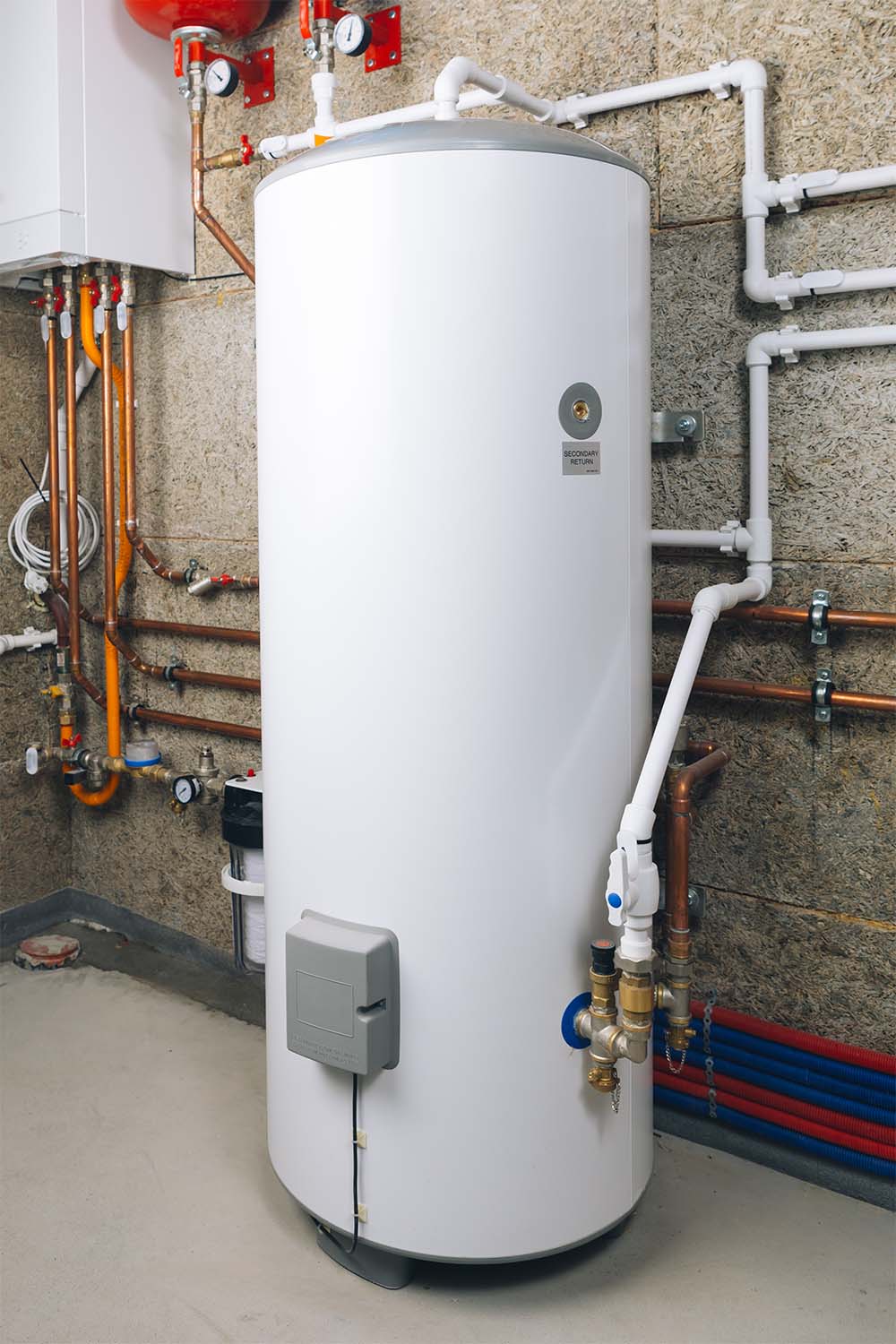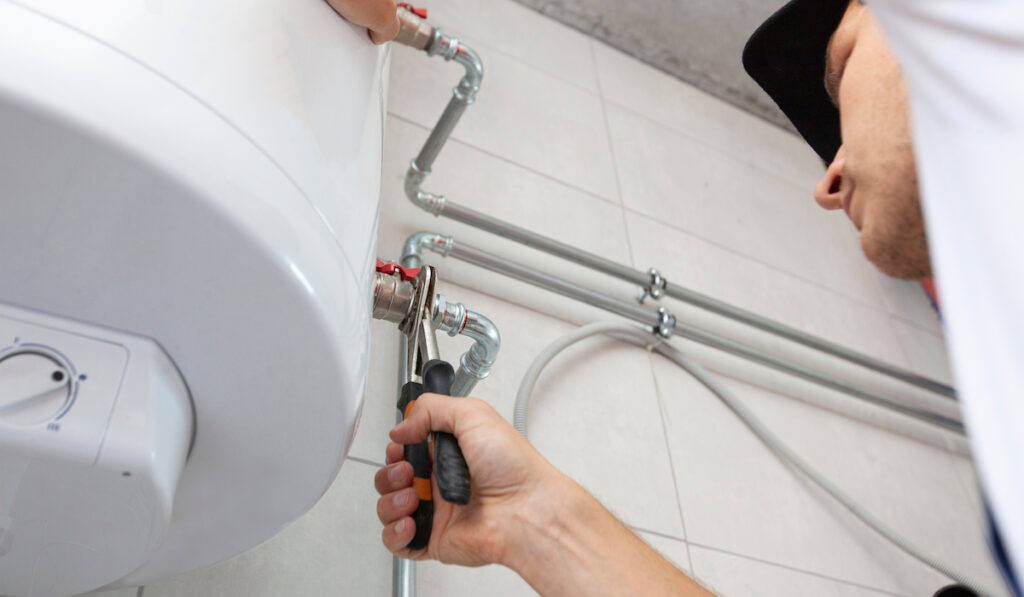Effective Techniques for Caring for Your Home's Hot Water System
Effective Techniques for Caring for Your Home's Hot Water System
Blog Article
This article in the next paragraphs relating to How to Maintain a Hot Water Heater in a Few Simple Steps is really enlightening. You should see for yourself.

Warm water is vital for everyday comfort, whether it's for a revitalizing shower or washing meals. To guarantee your warm water system runs efficiently and lasts much longer, regular upkeep is key. This article gives functional suggestions and understandings on how to preserve your home's hot water system to avoid interruptions and expensive repair services.
Intro
Keeping your home's warm water system could seem challenging, yet with a few easy actions, you can guarantee it runs efficiently for several years ahead. This guide covers whatever from recognizing your hot water system to DIY maintenance pointers and knowing when to contact professional aid.
Significance of Keeping Your Hot Water System
Routine upkeep not only expands the lifespan of your hot water system yet additionally guarantees it operates successfully. Ignoring maintenance can result in reduced efficiency, greater power expenses, and even premature failing of the system.
Signs Your Warm Water System Demands Maintenance
Knowing when your warm water system requires interest can avoid significant problems. Watch out for signs such as irregular water temperature level, weird sounds from the heating system, or corroded water.
Recognizing Your Warm Water System
Prior to diving into maintenance tasks, it's useful to understand the standard elements of your hot water system. Usually, this includes the hot water heater itself, pipelines, anode poles, and temperature controls.
Regular Monthly Maintenance Tasks
Regular month-to-month checks can aid capture minor issues prior to they intensify.
Flushing the Water Heater
Purging your water heater gets rid of sediment buildup, improving performance and extending its life.
Checking and Changing Anode Rods
Anode rods prevent deterioration inside the container. Examining and changing them when broken is vital.
Checking and Adjusting Temperature Level Setups
Readjusting the temperature settings guarantees optimal efficiency and security.
DIY Tips for Maintenance
You can execute a number of maintenance jobs yourself to maintain your warm water system in top problem.
Checking for Leaks
Consistently inspect pipelines and connections for leakages, as these can result in water damage and greater bills.
Examining Stress Alleviation Valves
Evaluating the stress relief valve guarantees it works correctly and stops too much pressure build-up.
Protecting Pipelines
Insulating hot water pipelines reduces warm loss and can conserve power.
When to Call a Professional
While DIY maintenance is helpful, some concerns require expert know-how.
Facility Issues Requiring Expert Assistance
Instances consist of significant leakages, electric problems, or if your water heater is regularly underperforming.
Routine Expert Maintenance Advantages
Professional upkeep can include comprehensive examinations, tune-ups, and making certain conformity with security standards.
Verdict
Normal upkeep of your home's hot water system is essential for performance, durability, and expense savings. By adhering to these ideas and understanding when to seek professional aid, you can make sure a reputable supply of hot water without unanticipated interruptions.
How to Maintain an Instant Hot Water Heater
Before tinkering with your hot water heater, make sure that it’s not powered on. You also have to turn off the main circuit breaker and shut off the main gas line to prevent accidents. Also turn off the water valves connected to your unit to prevent water from flowing into and out of the appliance. 2. When you’re done, you have to detach the purge valves’ caps. These look like the letter “T†and are situated on either side of the water valves. Doing so will release any pressure that has accumulated inside the valves while at the same time avoid hot water from shooting out and burning your skin. 3. When the purge valves’ caps are removed, you have to connect your hosing lines to the valves. Your unit should have come with three hoses but if it didn’t, you can purchase these things from any hardware or home repair shops. You can also get them from retail stores that sell water heating systems. Read the user’s manual and follow it to complete this task properly. When the hosing lines are connected, open the purge port’s valves. 4. You should never use harsh chemical cleaners or solutions when cleaning your unit. Make use of white vinegar instead. It should be undiluted and you’ll probably use about 2 gallons. 5. Now flush your water heater. This task should probably take about 40 minutes. We can’t give you specific directions for this because the procedure is carried out depending on the type, model and brand of your heater. With that being said, refer to the user’s manual. 6. When you’re done draining the unit, you have to turn off the purge port valves again. Remove the hosing lines that you earlier installed on each of the water valves. Put the valve caps (purge port) back in their respective places and be very careful so as not to damage the rubber discs that are found inside these caps. 7. Now that everything’s back in place, check your user’s manual again to find out how to reactivate your water heating system. 8. Once it is working, turn one of your hot water faucets on just to let air pass through the heater’s water supply pipes. Leave the tap on until water flows smoothly out of it. https://www.orrplumbing.com/blog/2014/september/how-to-maintain-an-instant-hot-water-heater/

I stumbled upon that piece about Tips For Maintaining Your Hot Water Heater when doing a lookup on the web. Don't hesitate to pause to promote this blog entry if you enjoyed reading it. I recognize the value of your readership.
Automated Marketing Report this page